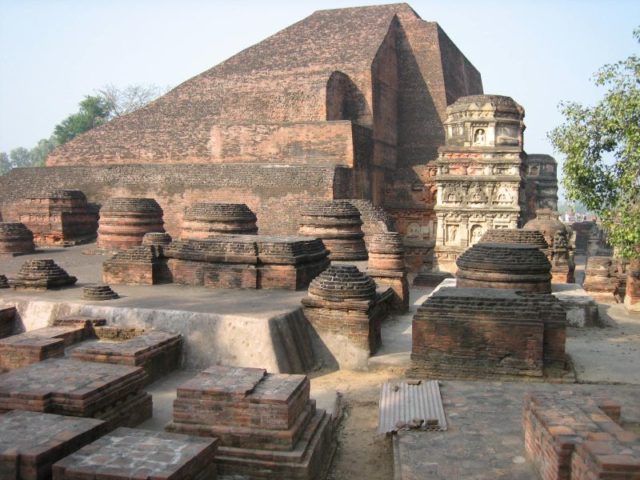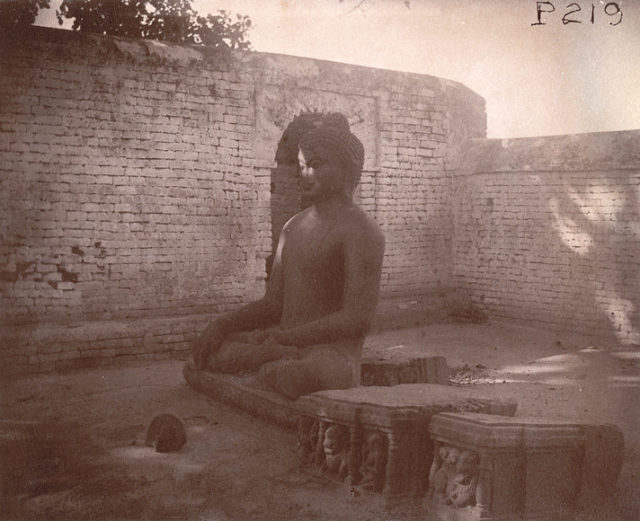After the proposal of an elaborate and well-funded Buddhist Tourism Circuit, authorities in India are expecting a surge in the already thriving sector Buddhist tourism, especially to the Bihar’s Nalanda Mahavihara. This famous Buddhist site has now been awarded UNESCO’S World Heritage Site status and is expected to generate even more revenue for the state.

There is already a comprehensive plan by the Indian government to promote the religious tourism in three directions – the Krishna, the Ramayana, and Buddhist Circuit; the schemes have been sanctioned a handsome amount of Rs 1,500 crore (about $223,413,750).
As the Nalanda is now a UNESCO title holder, the 5th-century monastery is protected under Geneva Convention. This means that the site would not only receive adequate funding from UNESCO for promotion and conservation, the World Heritage title will also ensure Indian government pays attention towards the site and protects it.
The site is already included within a tourism circuit formulated by the Ministry of Tourism dubbed Extended Dharamyatra, which is essentially a sacred retracing of the path that Buddha took and is focussed on following his footsteps. The tour spans over 15 months and includes sites like Bodhgaya which has Nalanda, Rajgir, Barabar caves, Pragbodhi Hill and Gaya; then to Patna, Varanasi, Kushinagar and Piparva and then a day trip to Lumbini in Nepal. Every year the country hosts thousands of pilgrims from all over the world, especially Vietnam, Thailand and Laos, who follow the footsteps of the Mahatma Buddha for spiritual enlightenment.

According to RS Fonia, the Joint Director General of the Archaeological Survey of Indian (ASI), the Nalanda will now receive more attention from the authorities for development in order to turn it into a star tourist attraction in the region. He went on to say that there were a number of challenges ahead, including major encroachments on the 23 hectares of the sites, these include agricultural farming, illegal settlements, and other damages. Mr. Fonia Also ensured that all the necessary measures are in place to rid the site of any illegal encroachments as early as it is humanly possible.
The authorities are adamant to build adequate facilities for the tourists to the highest international standards possible. This includes facilitation centers, public washrooms, and toilets, and enhanced security measures with CCTV monitoring systems, etc. One of the most sought after attraction at Nalanda is The Nalanda Archaeological Museum that houses around 14,000 antique artifacts recovered from the site in Nalanda and Rajgir excavation site; the museum is believed to be receiving major revamp, with a number of upgrades planned. There are further plans to turn the Museum into a more elaborate research and educational hub to attract and host experts from various countries interested in the site and ongoing excavation projects in the region.
